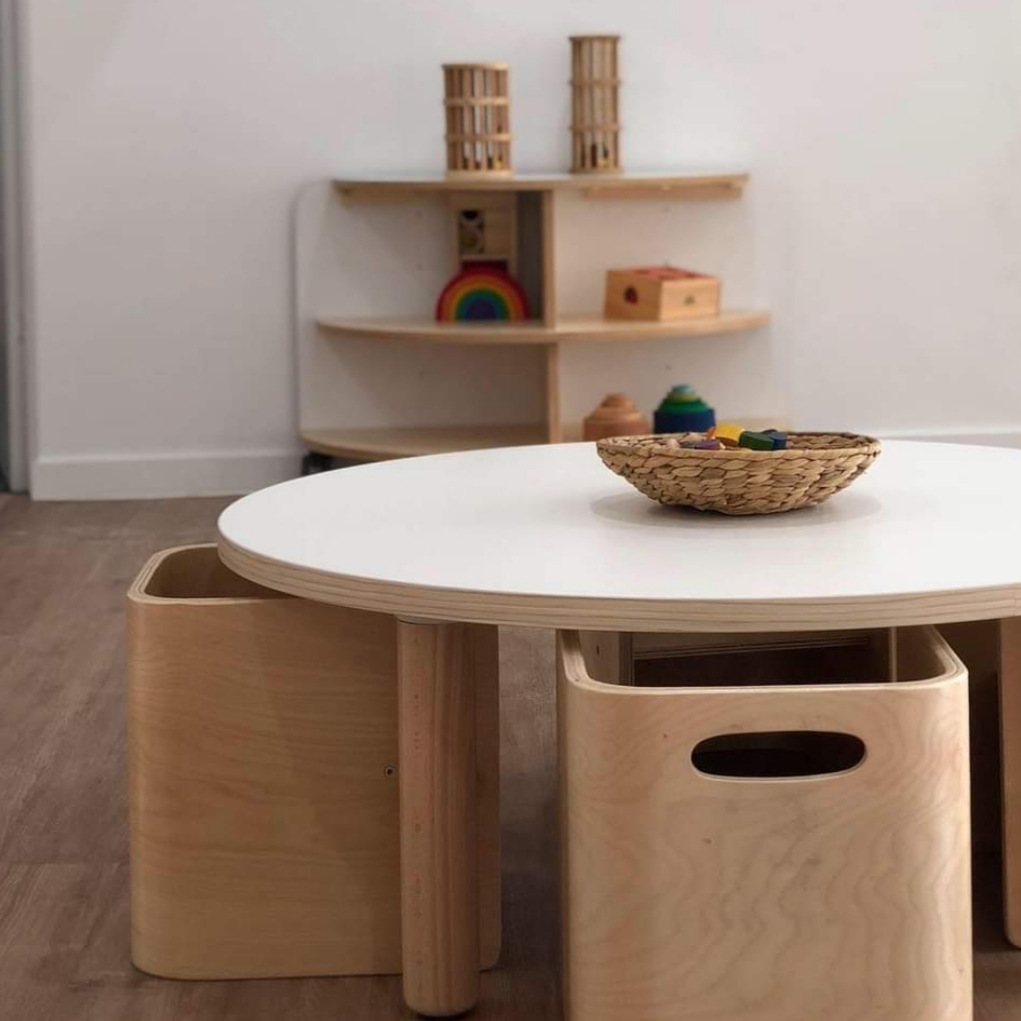
Living In Space
Living in Space: Celebrating World Space Week in Early Childhood Education
Each year from October 4–10, the world comes together to celebrate World Space Week which is the largest annual celebration of science and technology. Declared by the United Nations in 1999, it marks two milestones: the launch of Sputnik 1 in 1957 and the signing of the Outer Space Treaty in 1967. Today, World Space Week inspires millions of people across more than 80 countries to explore how space science benefits life on Earth and to imagine what the future of humanity among the stars might look like.
In 2025, the theme is “Living in Space.” This exciting focus invites us to think about how humans might one day make space a home, from building habitats and growing food, to finding ways to adapt and thrive in environments beyond Earth. For young learners, this theme opens endless opportunities to wonder, explore, and play their way into big questions: What would it be like to live on the Moon? How do astronauts eat and sleep? Could we grow a garden in space?
Learning Through Play: Space in the Early Years
Early childhood education is built on the principle that children learn best through play, exploration, and discovery. Space is the perfect springboard for curiosity because it blends science with imagination. Pretend play as astronauts, hands-on problem-solving, and storytelling about planets and stars all support key areas of development, from language and literacy to STEM thinking, creativity, and social skills.
A theme like “Living in Space” allows children to role-play life in a space station, experiment with materials to design their own habitats, or simply gaze up at the night sky and ask questions that spark deeper learning. These playful explorations nurture not only scientific understanding but also a sense of wonder about our place in the universe.
Bringing Space to Life in the Classroom
To make World Space Week engaging for young learners, hands-on resources can help transform any space into a world of cosmic discovery:
Sensory Mood Discovery Table and Space Set – Combining visual discovery, small world play and messy play, this is the ultimate set for open-ended, imaginative play.
Buy the set or select individual items below:
Sensory Mood Discovery Table – perfect for illuminating planets, star maps, or space-themed objects for sensory exploration.
Space Discovery Mat and Space Discovery Dividers – create immersive play zones where children can set up their own space mission.
Wooden Space Adventures (10pcs) – small-world play figures that encourage storytelling and role play about astronauts, rockets, and life among the stars.
Space Backdrop – ideal for dramatic play or photo opportunities as children step into their own space adventures.
Give Me Some Space! Book and Space Book and Poster – to inspire curiosity, spark questions, and provide visual learning about the solar system.
Explore the Solar System Game – combining fun with foundational science knowledge through interactive play.
Solar System Wooden Puzzle and The Planets Floor Puzzles – helping children piece together the big picture of our universe while building problem-solving skills.
Plus Rocket Construction Set, Silver Mirror Pebbles and Wooden Solar System Discs (11pcs).
By weaving these resources into classroom play, educators can support children’s natural curiosity while making the big idea of “living in space” accessible and meaningful.
A Universe of Possibilities
World Space Week is a reminder that space exploration is not only about rockets and astronauts, it’s also about imagination, collaboration, and the future we are building for generations to come. By introducing children to space through playful, hands-on experiences, we give them the tools to think creatively, ask big questions, and see themselves as part of a much larger story.
This October, let’s celebrate World Space Week by helping children dream beyond the stars and imagine what it might mean to truly live in space.
Tags: play-based learning, product tips











